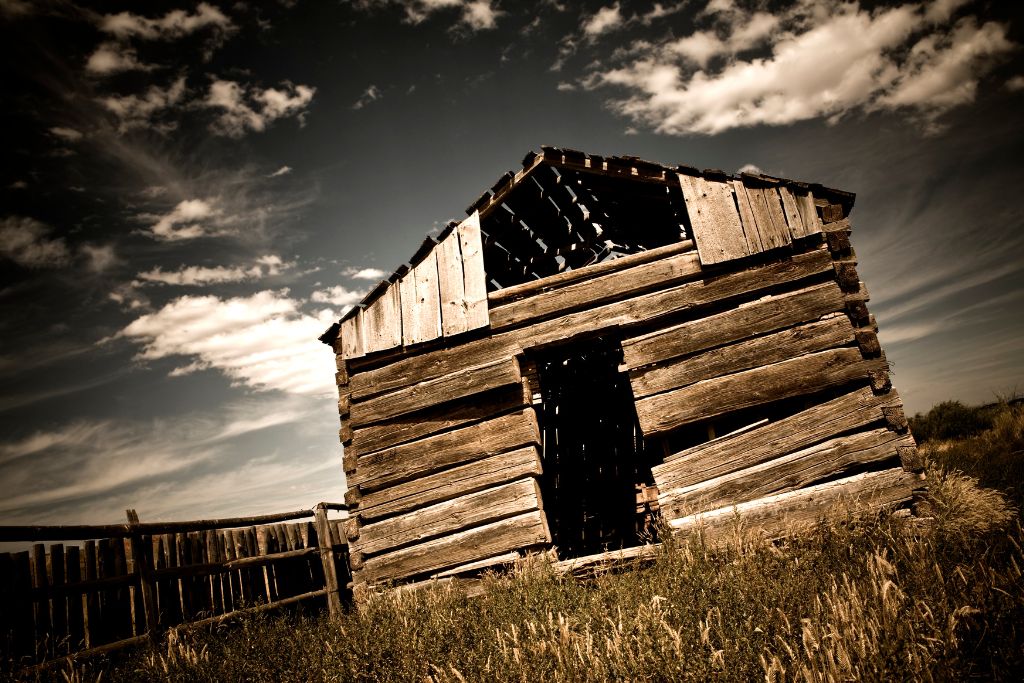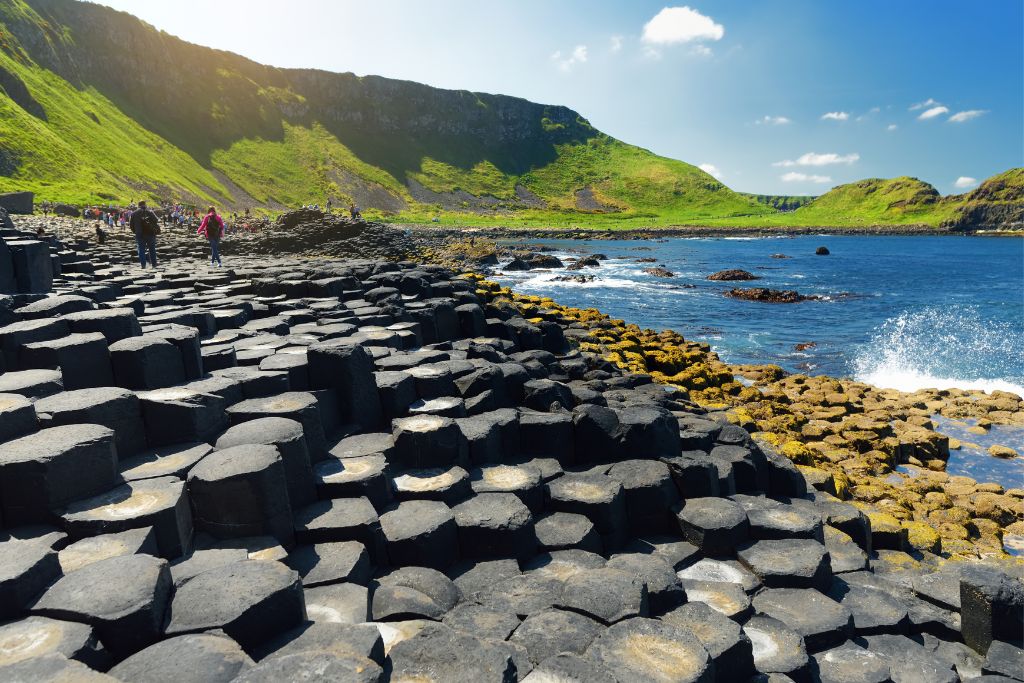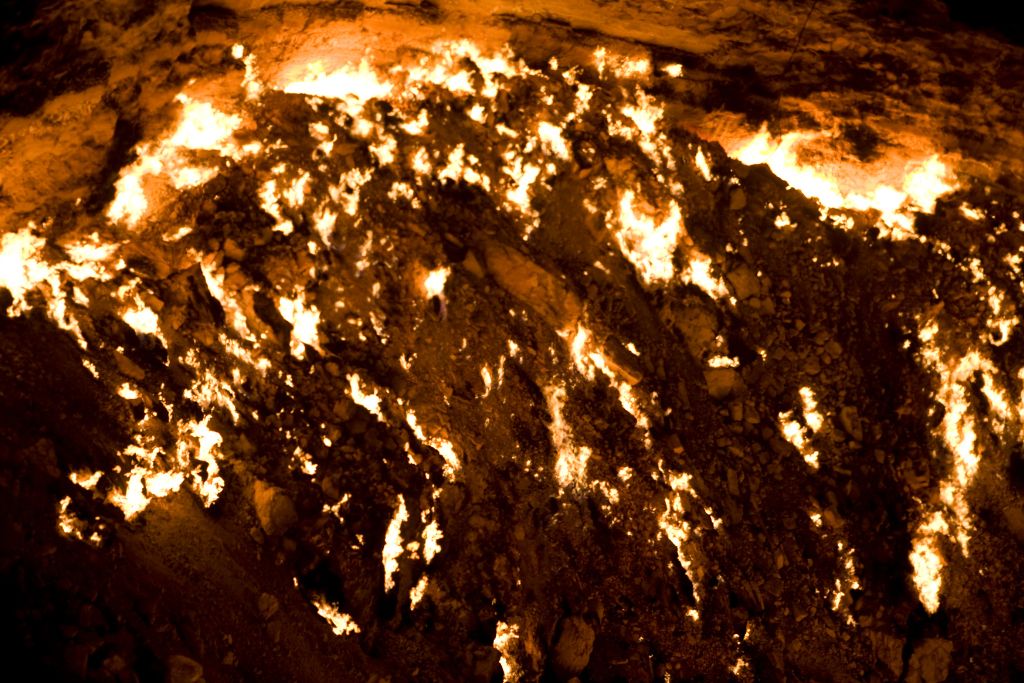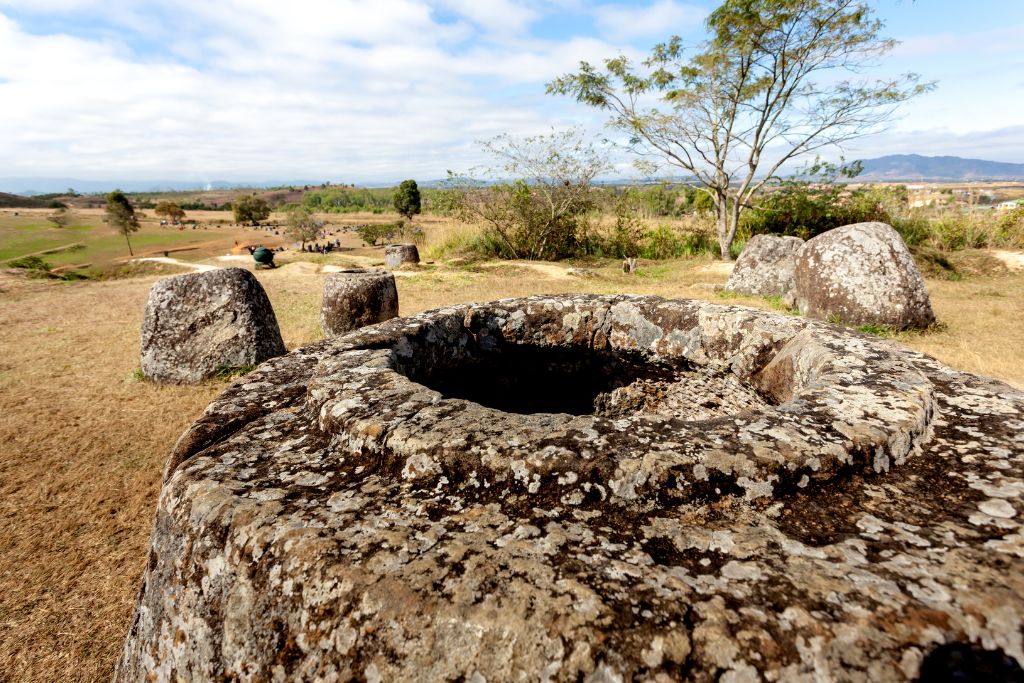From ancient structures to flora and fauna, there are plenty of strange and eerie spots on Earth. Ghost towns, abandoned communities, and camps are a great way to explore the past. These are places where dreams died, fortunes were lost and time passed by.
Whether you’re looking for an adrenaline-pumping adventure or simply a chilling escape, these haunted locations will leave you feeling all the more curious about our planet.
Abandoned Ghost Towns
Ghost towns aren’t just places that are eerily deserted; they are also haunted. Some are even reported to be inhabited by the spirits of former residents who have passed away.
Many of these abandoned hamlets were once mines, and some were casualties of changing industries and new railways or interstates that bypassed them. Others are the result of catastrophic environmental damage caused by mining accidents or long-term contamination.

While they can be eerie and spooky, some of them have managed to get a second life, thanks to heritage tourism. Some even repopulate the towns or reopen them as museums or tourist attractions.
America is dotted with a number of ghost towns, most of which were abandoned in the late 1800s or early 20th century for various reasons. Some are still occupied by people, some have been repopulated, and some are being developed into luxury vacation spots.
The Giant’s Causeway
The Giant’s Causeway is a unique geological site that’s been attracting visitors for over 300 years. It features enigmatic black basalt columns that stick out of the sea and are incredibly unique.
The unusual columnar basalt is instantly recognizable and formed as a result of volcanic activity during the Tertiary period, 50-60 million years ago. Streams of molten rock erupted from deep below the surface, creating an extensive plateau of lava that rapidly cooled and contracted horizontally.

These fluid rocks then cracked into the distinctive hexagonal, polygonal columns we see today. Some are 12 meters high, while others are smaller.
Whether the basalt columns were created by a giant from Gaelic mythology or just the result of dramatic weather, they’re never-ending and fascinating to explore. You can learn more about the area’s history and culture at the visitors’ center, which has a range of activities available. You can also view a virtual-reality tour of the area to get an idea of what you’re looking at.
The Darvaza Gas Crater
If you’ve ever watched a travel show, you may have heard of The Darvaza Gas Crater or Gates of Hell, one of Turkmenistan’s strangest sights. This giant pit of dancing orange flames is situated in the Karakum Desert, about 260 kilometers (160 miles) north of Ashgabat, the capital of the former Soviet republic.
When a natural gas drilling rig collapsed in the region, it opened a hole that is now home to a raging fire. The pit is still burning to this day despite the efforts of the government to put it out.

The crater has become a popular tourist attraction, with a nearby campsite, located within walking distance of the rim of the pit. Visitors sleep in tents around the crater’s upwind edge and are often lulled to sleep by the crackling orange glow from deep inside the crater.
The Darvaza Gas Crater is a fascinating site and the perfect place for adventurous travelers. But, it’s also difficult to get to, as it requires a special visa to enter the country.
The Plain of Jars
One of the strangest and most intriguing sites in Laos is the Plain of Jars. The Xieng Khouang province in northern Laos is dotted with huge stone jars that are up to 1-3 meters tall, each weighing around 14 tonnes.
They were placed in the landscape for many centuries, but they are now undergoing new archaeological scrutiny. Research spanning the last decade has revealed new insights into their use and context, with human burials unearthed near some of the jars.

A full-day tour is available, taking in all three main jar sites and the old capital city of Phonsavanh, priced per group. It is a great way to explore the region and I highly recommend it.
Visitors must be careful not to wander off-trail, especially at Jar Site 1. This is the most developed site and has a visitor center and ticket booth, along with handicraft shops.




